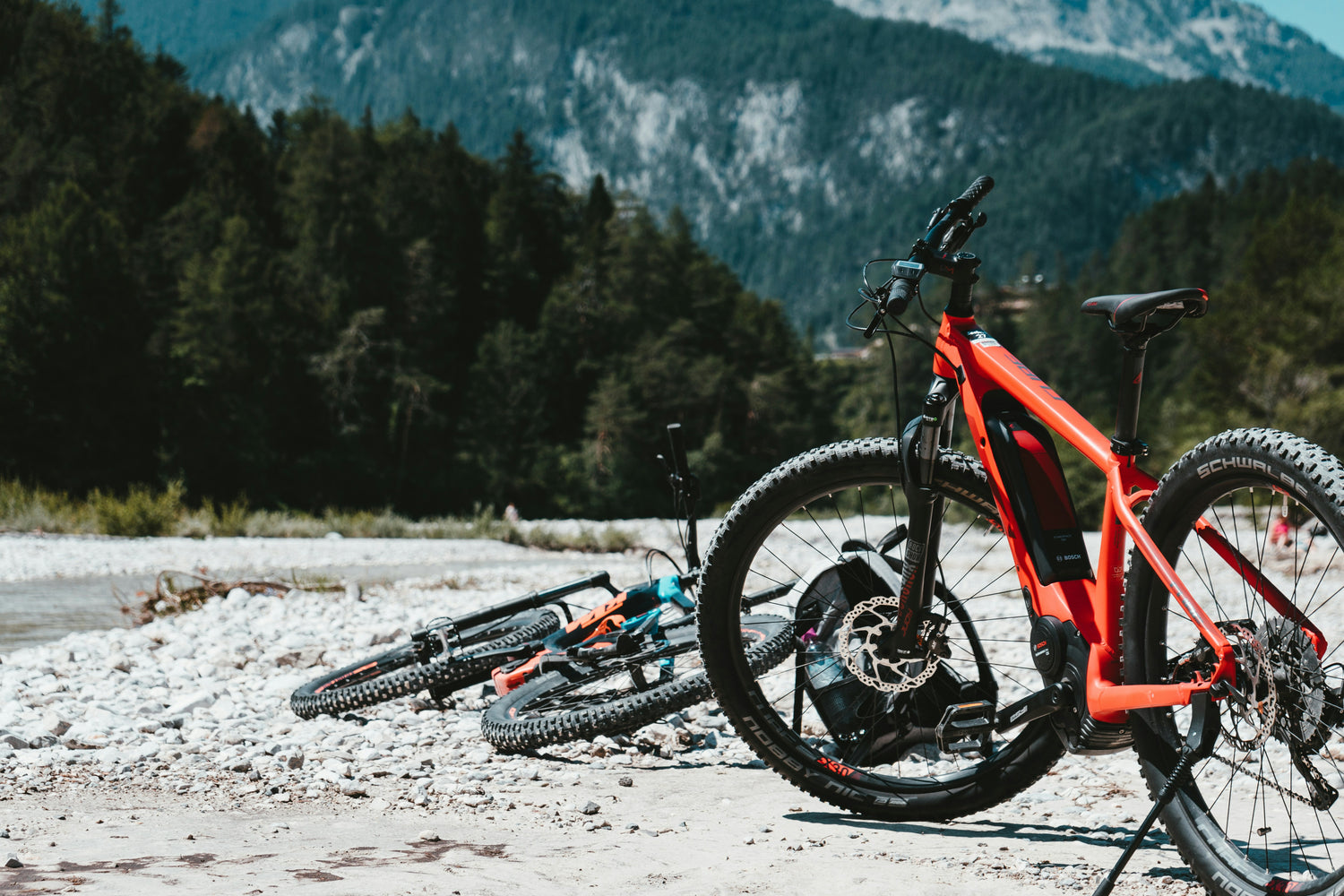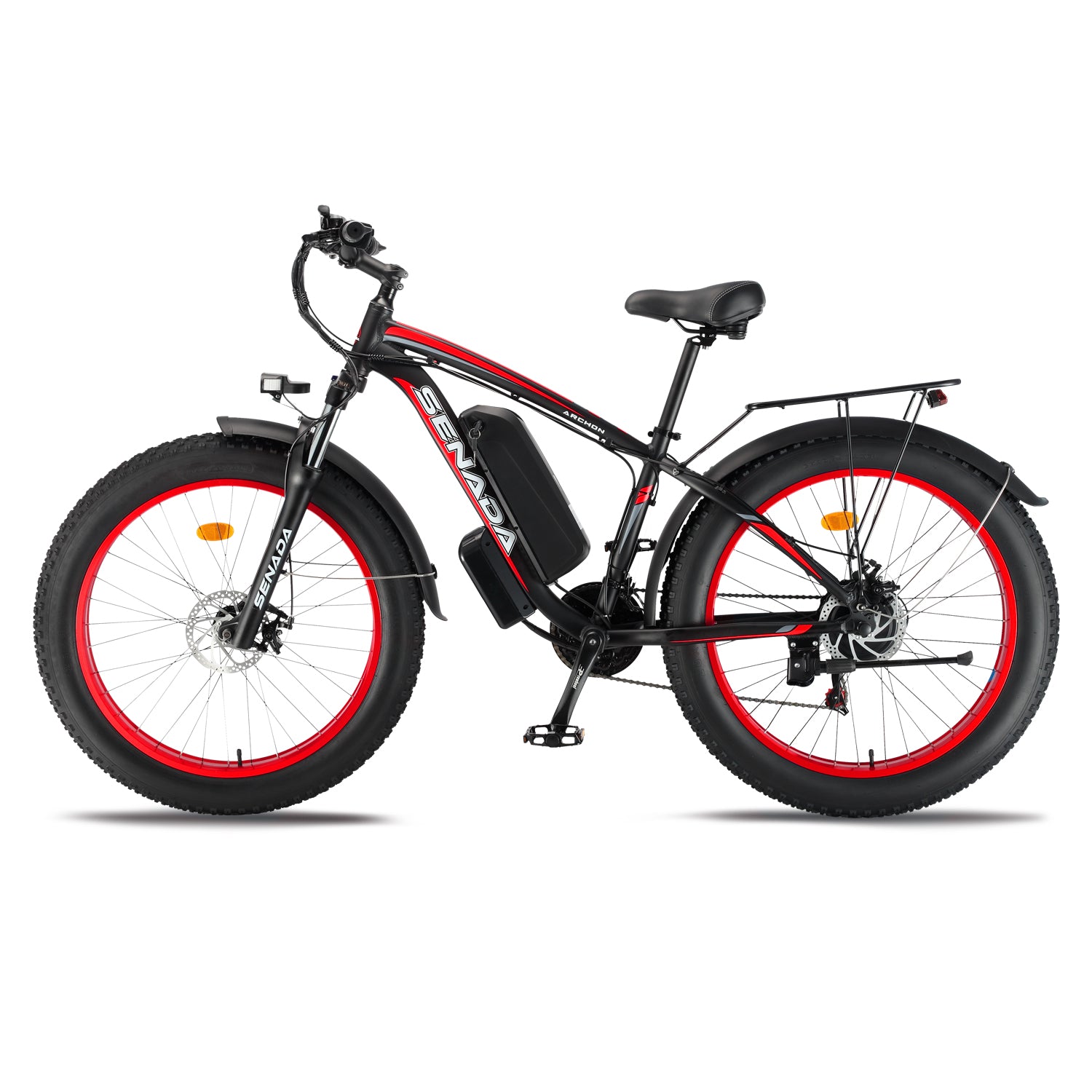Ebike Safety

Your Safety is Our Priority
We believe understanding ebike safety will make it easier for our riders to ride cautiously and confidently making for an overall more enjoyable experience. As such we’d like to give you all the safety information you need in a simple easy to understand format. This includes proper handling and proper maintenance.
Beyond safety, other important things to consider are relevant laws and road etiquette. Please feel free to reach out if you have any questions not addressed by this page.

Ebike Laws For Your Consideration
Laws for Ebikes are different depending on the state you’re in. While most states follow the three ebike categories and have their own rules, some states have their unique classifications. To know the ebike rules for you, get in touch with your local authorities or check the laws to be sure where and when you can ride safely.
The Three Categories:
- Class 1: An eBike is categorized as Class 1 when it reaches a maximum speed of 20 miles per hour and its electric motor functions solely through pedaling (pedal assist).
- Class 2: An Ebike falls under Class 2 if it features a throttle-operated motor. This motor must stop assisting when the Ebike reaches 20 miles per hour.
- Class 3: Classified as Class 3, a Class 3 Ebike is a bicycle with a motor that aids pedaling and stops assisting at 28 miles per hour. Class 3 Ebikes are also called pedelec bikes. Among the classifications, Class 3 has the strictest regulations, and certain states may impose extra safety rules for riders using Class 3 EBikes.
When it comes to federal law, it mainly deals with where you can ride Ebikes in places like National Parks, Bureau of Land Management areas, and National Forests. The simple rule is that if motorized vehicles are not allowed, electric bikes are also not allowed.
Safety FAQ
Q: How do I properly throw out a battery?
Find a local disposable drop-off location or contact a local bike
shop.
Q: How long do the ebike batteries take to charge?
It varies from bike to bike. The range is typically 4-7 hours. We
recommend keeping the battery monitored and not overcharging it.
Q: Is it safe to charge the battery in my house?
Yes it is, just make sure the battery isn’t unattended or overcharged.
Q: Are traffic laws for ebikes the same as normal bikes?
Yes, if you ride an electric bike, you usually need to follow the same road rules as other vehicles. This means you should obey traffic lights, be careful around people walking, and use special bike lanes or paths if there are any.
In most places, electric bikes are considered the same as regular bikes, not like cars. So, they have the traffic regulations as regular bikes. But the exact rules can be different depending on where you are.
Q: How bright to the headlights need to be for the street?
Your light needs to be at least 250 lumens. Higher lumens are recommended for areas without lighting or trails.
Q: Are helmets required for Ebikes?
Yes. Laws differ by country or state, but helmets are recommended for safety reasons regardless.

